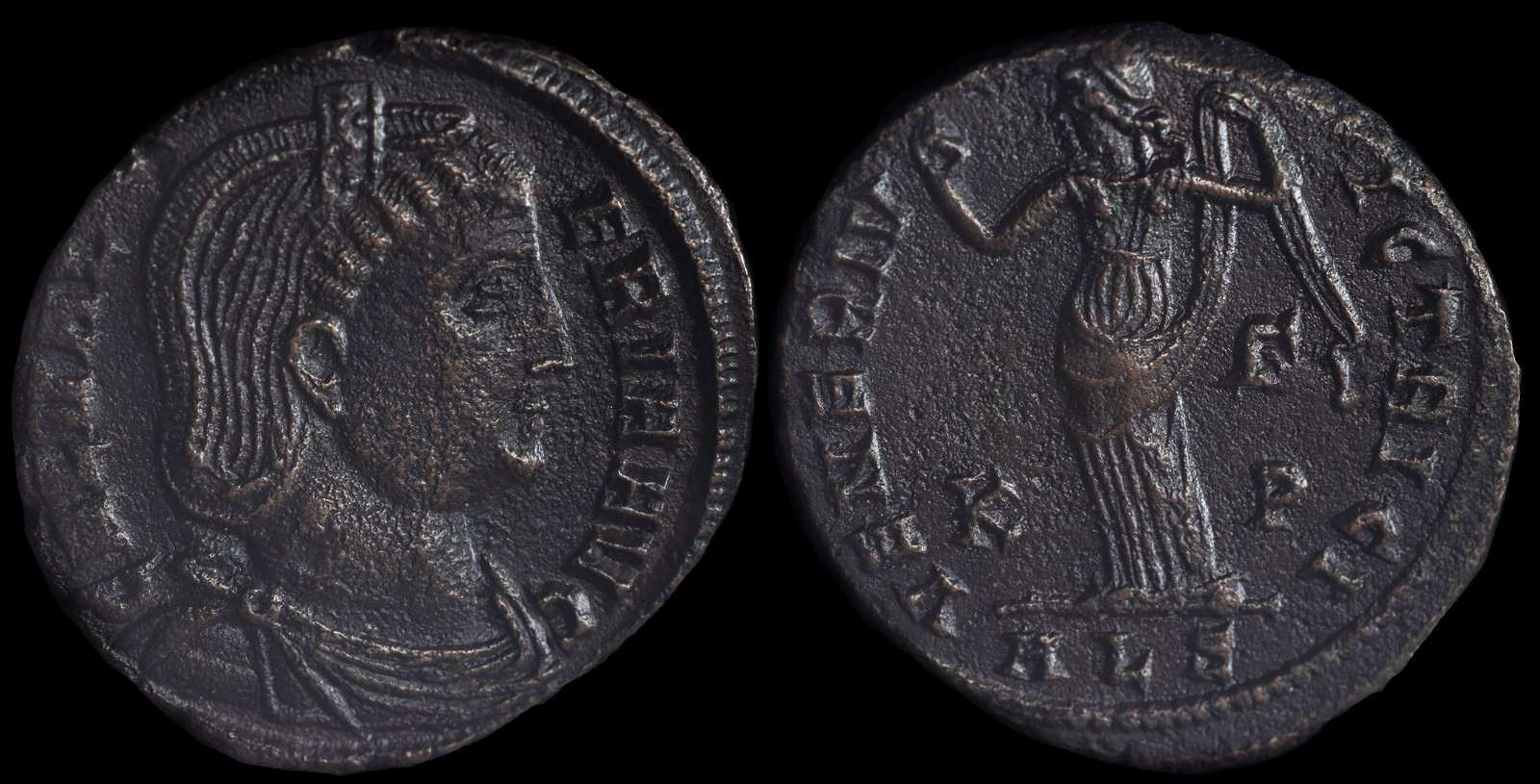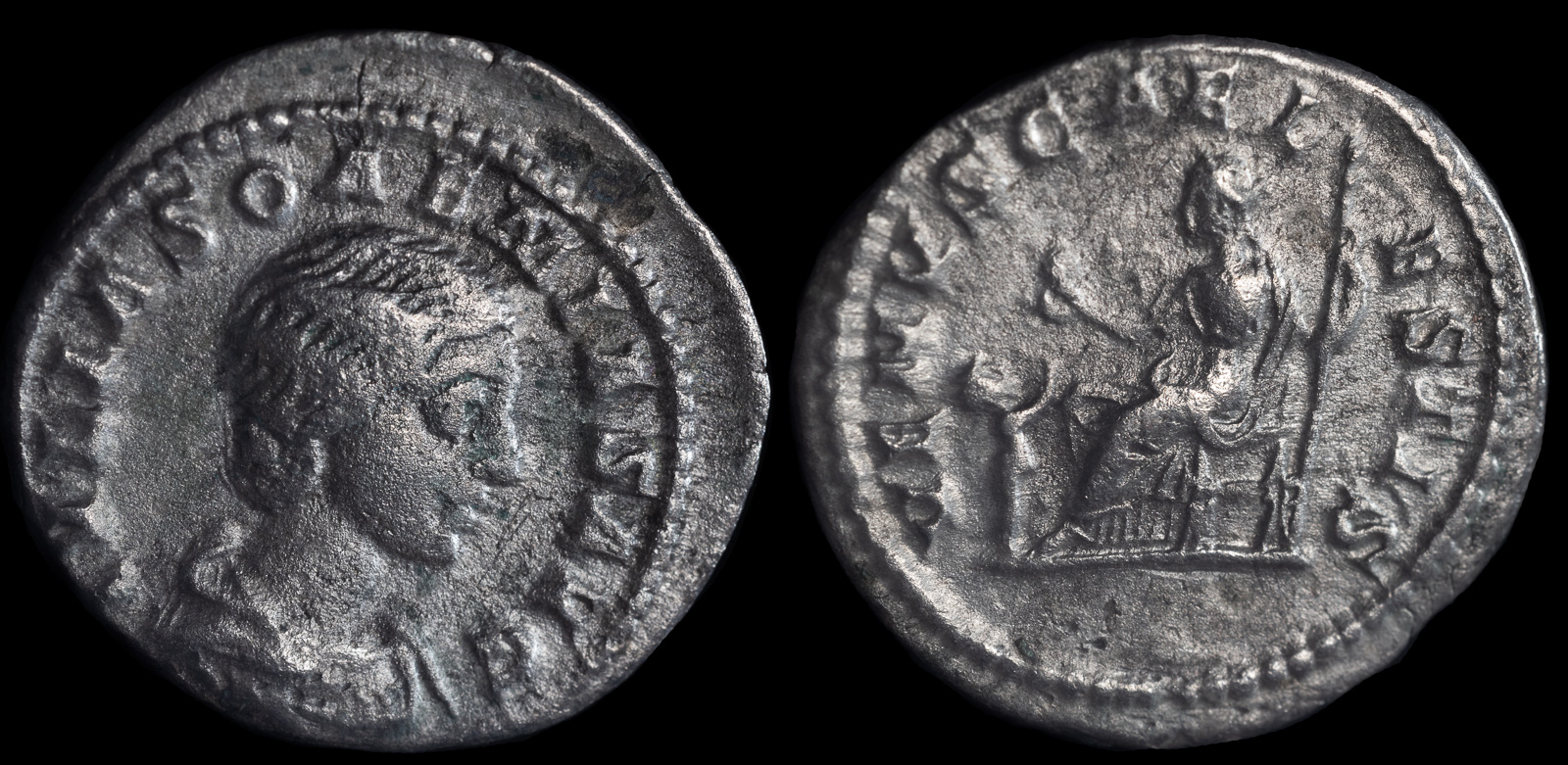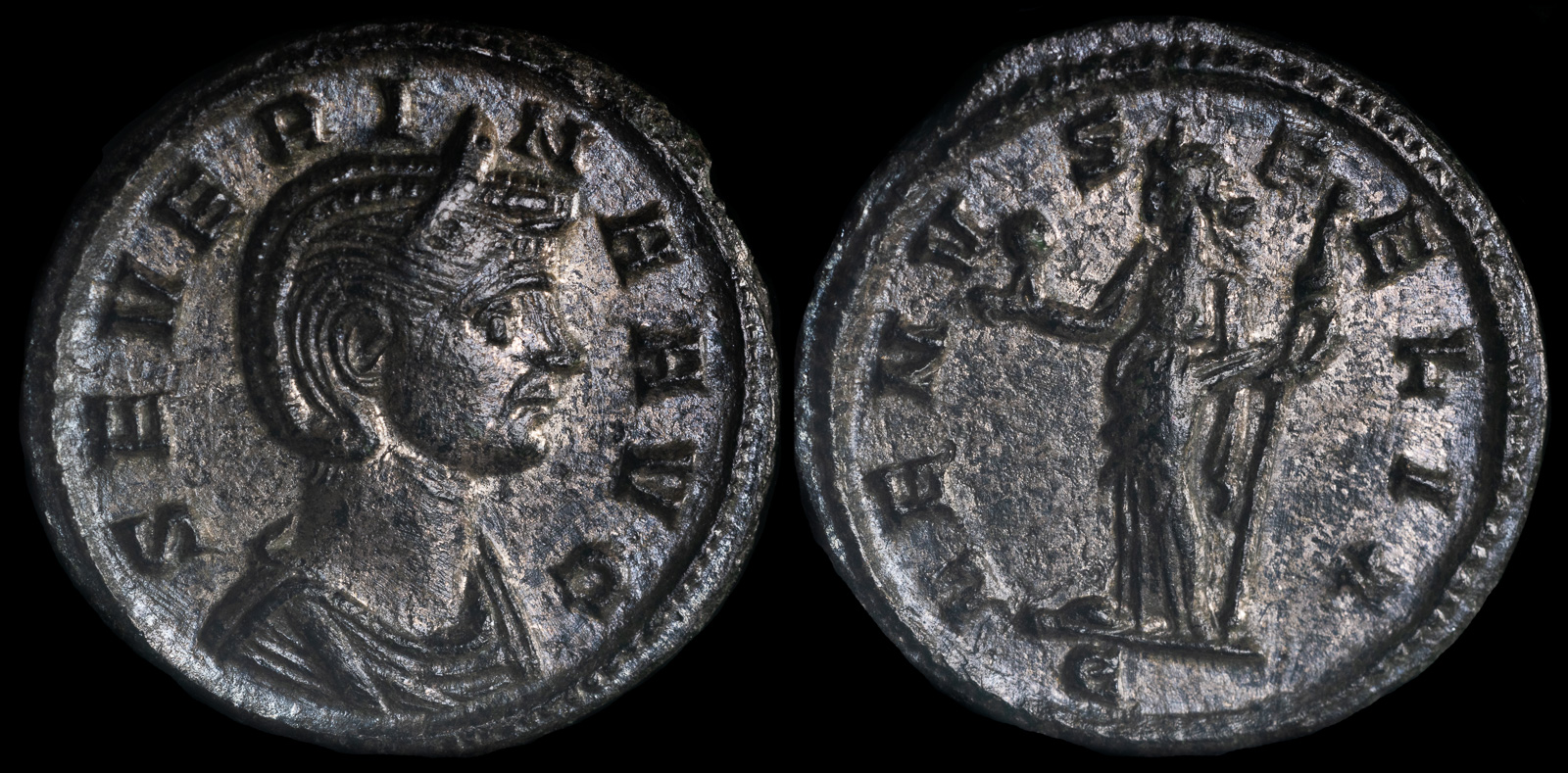Venus
View All Tags
Venus, the Roman counterpart of Aphrodite, inherited many of her traits but was shaped by the values and beliefs of Roman society. Venus was central not only to the idea of romantic love but also to the concepts of fertility and the foundation of Rome itself. Her significance in Roman culture extended beyond love and beauty, as she was also linked to military success, prosperity, and the ideals of Rome’s expansion. This association with Roman power and victory was epitomized in the belief that Venus was the divine ancestress of the Roman people through her son, Aeneas, a Trojan hero who, according to legend, founded the Roman race. As the mother of Aeneas, Venus was closely tied to the foundation myth of Rome, making her a key figure in Roman national identity and pride.
In terms of visual representation, both goddesses were often depicted in a similar manner—beautiful, graceful, and feminine—emphasizing their roles as symbols of attraction and fertility. However, while Aphrodite was more frequently shown as a youthful and sensual figure, often involved in mythological scenarios that highlighted her erotic power, Venus was often portrayed in a more dignified manner, sometimes emphasizing her more regal and maternal aspects. Venus’s worship in Rome was more integrated into the political and military life of the empire, with temples dedicated to her as a symbol of victory and Roman virtue.

Galeria Valeria (wife of Galerius)
Alexandria, 308 CE
BI Nummus 6.15g, 25mm, 12h
GAL VALERIA AVG, diademed and draped bust to right /
VENERI VICTRICI, Venus standing to left, holding apple and raising drapery over left shoulder; K in left field, Γ over P in right field, ALE in exergue.
RIC VI 110
Ex Vitangelo Collection

Julia Soaemias. Augusta
Rome 218-222 CE
AR Denarius 19mm, 2,59g
IVLIA SOAEMIAS AVG Draped bust of Julia Soaemias to right.
Rev. VENVS CAELESTIS Venus Caelestis seated to left, holding an apple in right hand and a sceptre in left; before her, child standing to right, raising hands.
RIC IV 243. RSC 14. Thirion 388

Severina (wife of Aurelian)
Rome, January – September 275 CE
BI Denarius 2.24g, 18mm, 12h
SEVERINA AVG, diademed and draped bust to right /
VENVS FELIX, Venus standing facing, head to left, holding unidentified object (perfume box, apple?) in right hand and long sceptre in left; Є in exergue.
RIC V.1 6; MER-RIC 1861 (temp.)